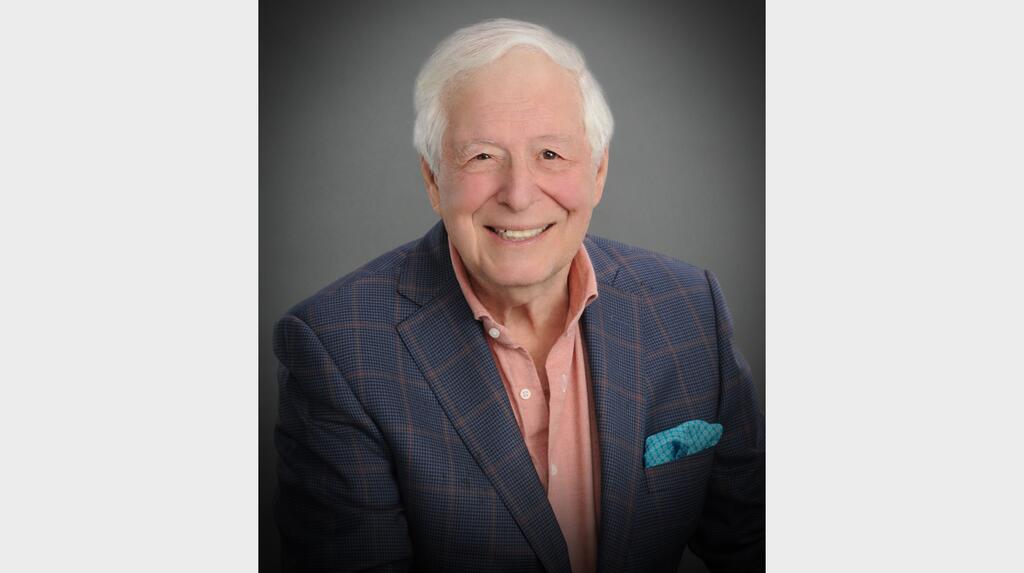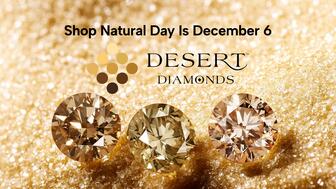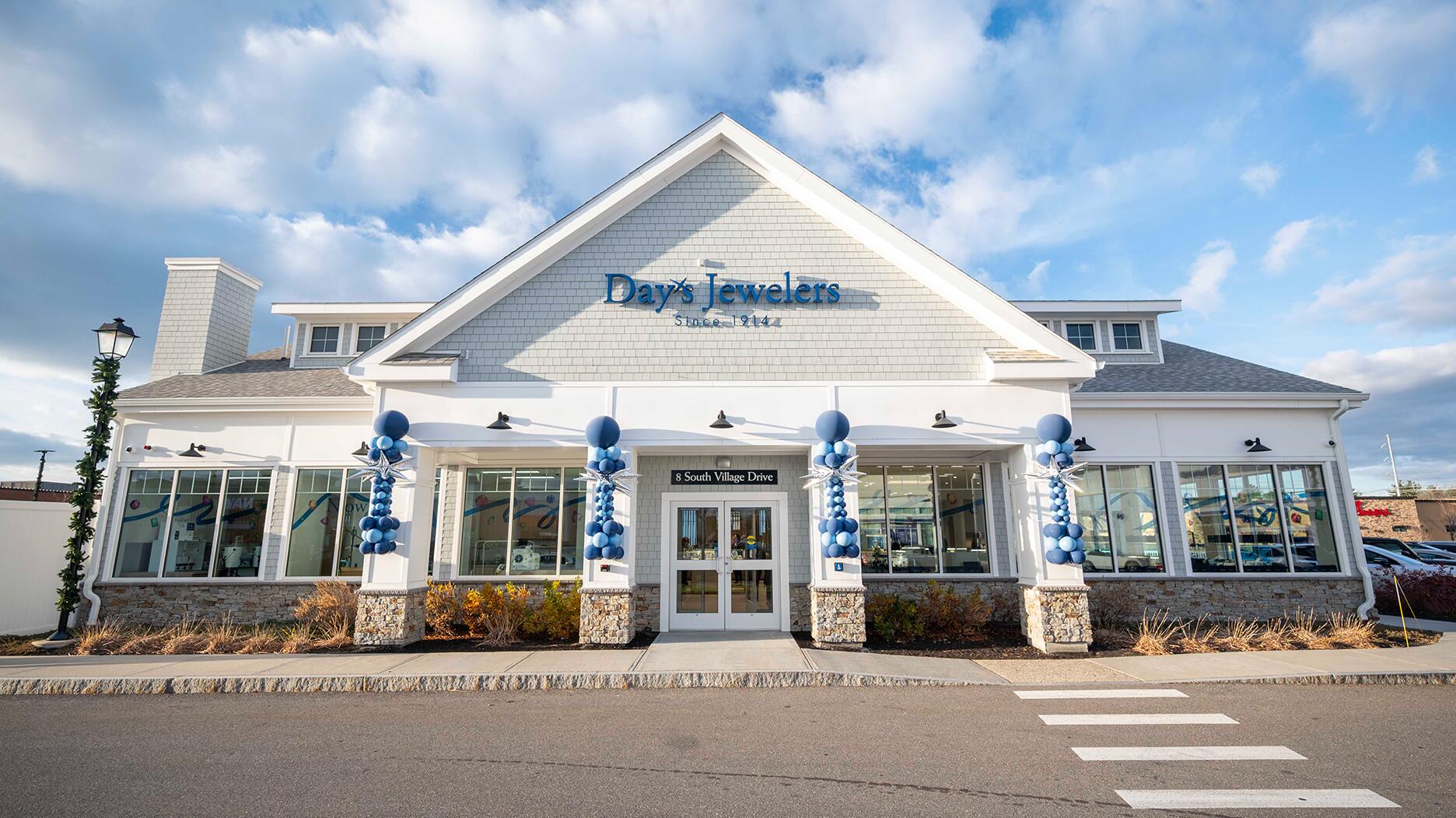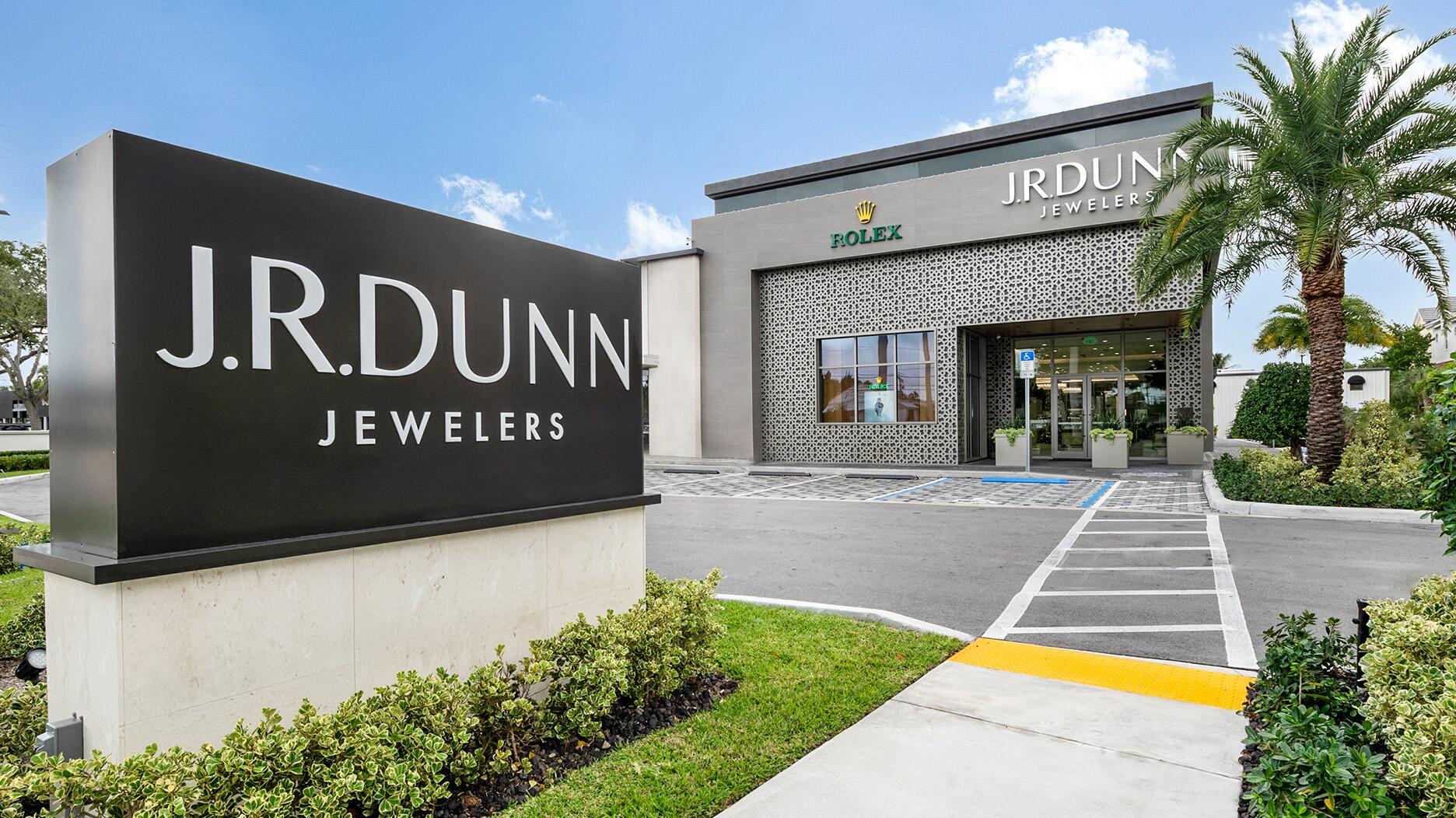A New Book Delves Into the Dramatic Life of Harry Winston
One of the famed jeweler’s sons has written a biography on the “King of Diamonds.”

It was no different for the family of Harry Winston, according to a forthcoming biography, “King of Diamonds: Harry Winston, the Definitive Biography of an American Icon,” written by his eldest son, Ronald Winston, alongside author William Stadiem.
In the book out this fall from Skyhorse Publishing—a publishing house with its own share of drama—readers will get one perspective on the protracted years-long battle between Winston’s sons, Ronald and Bruce Winston, that culminated in the company’s sale about two decades after Harry’s death in 1978.
The years before the battle of the brothers are perhaps even more interesting.

The book begins with Harry’s incredible origin story.
The son of poor Ukrainian Jewish immigrants who operated a jewelry store, Harry Winston was born Harry Weinstein.
Harry showed his proclivity for the family trade when, at only 12 years old, he recognized an emerald in a tray of costume jewelry. He purchased the stone for $0.25, reselling it for $800, an enormous amount at the turn of the 20th century.
King of Diamonds charts his path to operating his own business at age 24, first called “The Premier Diamond Company,” and then “Harry Winston, Inc.” in 1932, signaling his transformation to jewelry manufacturer who counted presidents and royalty as his clients.
Harry went on to acquire some of the most important gems of his time, like the 726-carat rough “Jonker Diamond” in 1935, which he had cut into 12 stones, the largest a 125.35-carat diamond.
Other important acquisitions included the 34.4-carat “Stotesbury Emerald,” and a 90.38-carat, D-color briolette diamond that he sold and repurchased several times.
By the 1950s, Life Magazine estimated Harry to have the second most important collection of jewels in the world behind the British Royal Family.
Marilyn Monroe name-checked the legend in the song “Diamonds Are a Girl’s Best Friend” from the iconic film “Gentlemen Prefer Blondes.”
In 1958, Harry famously donated the “Hope Diamond” to the Smithsonian Institute in Washington, D.C., helping to establish its National Gem Collection.
In the 1960s, Harry purchased a 241-carat rough diamond, cutting it into a 69.42-carat pear-shaped diamond that Richard Burton eventually bought for Elizabeth Taylor, referred to as the “Taylor-Burton Diamond.”
The same decade saw Harry’s purchase of the 601-carat rough “Lesotho Diamond,” which was cut into 18 stones. Aristotle Onassis acquired its resulting 40.42-carat marquise diamond from Harry as an engagement ring for Jacqueline Kennedy.
King of Diamonds recounts Harry’s incredible legacy from the ultimate insider’s view, as Harvard-educated son Ronald forewent a career in chemistry and rocket propulsion to work alongside Harry in the family business at the patriarch’s behest.
Ronald expanded the brand’s footprint to Los Angeles, Hawaii, Japan, and China, and placed an emphasis on red-carpet dressing, lending jewelry to stars for events like the Oscars.
Harry died in 1978, while Ronald eventually retired from his executive role at the business several years after the decade-long fight over money and control with his brother Bruce, in 2008.
At that time, he shared his plans to write his father’s biography.
“King of Diamonds” is slated for release on Sept. 19. It's available for pre-order from a number of book sellers.
The Latest

Set in a Tiffany & Co. necklace, it sold for $4.2 million, the highest price and price per carat paid for a Paraíba tourmaline at auction.

The jeweler’s “Deep Freeze” display showcases its iconic jewelry designs frozen in a vintage icebox.

Take luxury gifting to new heights this holiday season with the jeweler’s showstopping 12-carat sphene ring.

How Jewelers of America’s 20 Under 40 are leading to ensure a brighter future for the jewelry industry.

This year's theme is “Unveiling the Depths of the Ocean.”


In its annual report, Pinterest noted an increase in searches for brooches, heirloom jewelry, and ‘80s luxury.

Starting Jan. 1, customers can request the service for opal, peridot, and demantoid garnet.

Roseco’s 704-page catalog showcases new lab-grown diamonds, findings, tools & more—available in print or interactive digital editions.

The new catalog features its most popular chains as well as new styles.

The filmmaker’s personal F.P. Journe “FFC” prototype was the star of Phillips’ recent record-setting watch auction in New York.

The new location in the Design District pays homage to Miami’s Art Deco heritage and its connection to the ocean.

Inflations, tariffs, and politics—including the government shutdown—were among consumers’ top concerns last month.

“Longtime favorite” presenters, as well as first-time speakers, will lead talks and workshops at the annual event in Tucson next year.

Silas Smith of Meridian Metalworks won the challenge with his pendant that blends Australian and American landscapes.

The sale of the 31.68-carat, sunset-hued stone was part of Sotheby’s first series of events and auctions in Abu Dhabi.

Most customers who walk into your store this month have made up their minds. Your job is to validate their choice, Emmanuel Raheb writes.

The collection features characters and motifs from Ukrainian folklore, including an enchanted mirror and a magic egg.

MatrixGold 3.11, the newest version of the jewelry design program, offers more flexibility, precision, and creative control.

The pavilion will be part of the 2026 JA New York Spring show, scheduled for March 15 to 17.

Kadet, a 1994 National Jeweler Retailer Hall of Fame inductee, helped grow the family-owned retailer in the Chicago area and beyond.

Billed as the world’s smallest wearable, Lumia Health’s new smart earrings have a health tracker subtly embedded in the back.

Don’t let those with December birthdays feel blue. Help them celebrate their month with blue zircon, turquoise, and tanzanite.

The new pink sapphire version of the piece dances with its wearer in the brand’s “Icons After Dark” holiday campaign.

A choice that’s generated a lot of commentary, Pantone says “Cloud Dancer” marks a fresh start and encourages relaxation and creativity.

The manufacturer’s holiday campaign features a gift guide filled with trending designs and jewelry that can be personalized.

The man was charged with theft, accused of ingesting the necklace while in a jewelry store in Auckland, New Zealand.

Sponsored by De Beers Group





























